15 Years of Killer Japan Travel Advice in 5 minutes
From bullet trains to bentos—everything I’ve learned, fast.
15 years, 47 prefectures, 1 man and a quest to track down the greatest destinations this country has to offer.
There was a fair bit of falling asleep on the bullet train too.
What if I could go back to the beginning and improve every adventure with what I know now?
This is what I’d tell myself, right before my first trip.
Planning Your Trip
Cherry blossom season is insanely over-hyped
Yes, it’s pretty. But it’s also the most crowded time of year, which adds extra cost and stress. If I really wanted to see cherry blossoms, I’d go north to Hokkaido in May.
Best seasons to visit
Early autumn (Sept–Oct) and winter (Dec–Feb) are totally underrated times to visit, free from enormous crowds or ridiculously high temperatures and humidity.
Rainy season isn’t that bad
In June and July, it doesn’t actually rain every day, all day. If you’re flexible, it’s a great time to visit. Fewer tourists, and gardens look amazing in the rain.
Double-check opening days and hours
There’s nothing worse than arriving at an attraction only to find it’s closed. Google Maps often has errors, so check the official site if possible.
Watch out for national holidays
I’m not just talking “Golden Week” at the start of May. Be careful when these days form a 3-day weekend, increasing domestic tourist numbers.
Use Weatherspark
General advice about when to visit and what to wear is useless, or even worse, Tokyo-specific. Use Weatherspark to check the actual data on the actual place you’re visiting, and compare it to your home base.
Getting Around
Avoid travelling during the morning rush (7-9am)
Especially if you have luggage, even a small case, just don’t. No space.
Use ticket offices
Staff can book quicker than you can, especially if you're unsure. Avoid the queues by going early or in the evening.
You can trust ticket machines
They won’t eat your 10,000 yen note, so don’t worry.
It’s by far the best journey planner for public transport in Japan.
Journey planners pad transfer times
If you're quick and know the station layout, you can often catch earlier connections. Check the timetable first.
Bullet trains rarely sell out
You can usually book a few days in advance, or even on the day - except during peak holidays or for the Sunrise Express (book 1 month ahead when tickets are released).
The Japan Rail Pass is still worth it
Especially the 14- or 21-day versions if you want to tour the entire country.
Some of the most incredible destinations aren’t on bullet train lines
These places often have far fewer tourists too.
IC cards are fantastic
Use one of these prepaid cards for paying subway, train, and bus fares. Just hover it over the reader, don’t tap. There are many brands, including ICOCA, TOICA, SUICA and others.
Use regional and city passes
These are generally cheaper than just using your IC card everywhere.
Station names can be confusing
Fukuoka’s main station is called Hakata. Kitakyushu City’s is Kokura. Hakodate has Shin-Hakodate Hokuto. Don’t try to understand - just roll with it.
Electronic may waste your time
Many people have problems using credit cards with Smart EX for bullet train tickets or adding money to Suica on their iPhones. There’s nothing wrong with just using ticket machines and the plastic IC cards, and they don’t take that long to use anyway.
Don’t hesitate to use a taxi
If public transport is lacking, don’t feel bad about spending cash on a taxi. It’s worth it, especially for getting to hard-to-reach attractions.
Packing & Luggage
Luggage forwarding will change your life
It’s fast, reliable, and saves you lugging your cases around. Pay the money and marvel.
Use luggage lockers at stations
Free yourself up to sightsee without checking in first.
Bring less stuff
Travelling light is my number 1 game-changer for Japan adventuring. Less stuff = flexibility + more time.
Bring soap and a small towel
Not guaranteed in public toilets, especially outside major cities.
Always bring an eye-mask
Hotels and other accommodation often have curtains in name only.
Money & Payments
Always carry cash
Do you really think your credit card will work when there’s no power after an earthquake?
Use Post Office ATMs to get cash
Post offices are everywhere.
Get a Wise card
These prepaid cards are great for faff-free payments and also getting cash from ATMs. You can also buy yen when it’s cheap and save it for your trip.
Say bye bye to coins at self-checkouts
Convenience stores and supermarkets often have these tills, so feed them your shrapnel.
Japan is a low-crime country
Carrying a wedge of cash? No need to worry!
Food & Drink
Always check if the place is open
Call ahead. Google Maps can be wrong. Ask: “Kiyo aitaymaskcar?” (“Are you open today?”) If they say “hai” (yes) then you’re good to go.
Don’t queue for food
Amazing food is everywhere, without the need to line up. Save your time for sightseeing.
How many people?
Answer the first question you’ll hear in a restaurant with a show of fingers, one for each member of your party.
Lunch deals win
Get the best value meals at lunchtime. Use Google Maps photos to discover the best options.
Hit the supermarkets
Grab bentos (pre-made mealboxes), salads, and sides when they’re discounted, after 6 or 7pm until closing time.
Drugstores > convenience stores
Cheap drinks and snacks? Drugstores win.
Get drinks/snacks before entering the station
Convenience stores outside have more variety.
Google Translate camera mode works on menus
Not perfect, but very helpful.
Reserve your table in cafes
Put something small on the table, like a book or scarf, then go to get drinks. This is totally normal.
Tech & Connectivity
e-SIM for the win
Cut out the faffing with sim card settings or always charging your pocket wifi. Just get an e-sim and be online moments after your plane lands.
Use a VPN
Many wifi networks don’t have passwords. Protect yourself with a VPN.
Public wifi is often poor
Stop faffing around and get an e-sim with plenty of data.
Need to voice call?
Use an app like Viber to make phone calls.
Language & Culture
Learn the basics
Do this and people instantly warm to you.
Simpler language = fewer problems
Most tourists create confusion with long and difficult questions and requests. Phrase everything in the simplest possible way and profit.
Learn these three:
• “Arigatou gozaimass” = Thank you very much
• “Sumimasen” = Excuse me / Sorry / Attention
• “Daijoubu” = “I’m OK” / “No thanks” / “It’s fine”
Japanese don’t say “no”
They just say something is “difficult” instead. Read between the lines.
Crossed arms = stop right now
That means it’s forbidden.
Japanese people are humans
They also make mistakes.
Robots are not everywhere
You’re more likely to get help from a human.
Don’t stress too much
You can get a long way in Japan with only English.
Etiquette
10 minutes early = on time
Tours, reservations, workshops, and anything involving Japanese people.
Talking is fine on trains
As long as you’re quiet, because nobody wants to hear you mouth off at 1 million decibels.
Can I eat on the train?
Is there a fold-down table? If yes, then go ahead. If not, hold off.
Backpack to the front
Or just hold it by your side on crowded trains/buses.
Cyclists use the pavement
Don’t block the sidewalk if you’re walking in a group.
Don’t walk while smartphoning
It’s obnoxious and dangerous.
Quit whining about there being no rubbish bins
And go to a convenience store or railway station where you can find them.
Don’t try to bow
You’re just going to screw it up, so don’t bother. Say thank you with “arigatou gozaimass” and be done.
Safety
Always carry your passport
It’s the law.
Know your escape route
Make a note when you get to your hotel room - in case there’s an earthquake and you need to get out.
Be careful by the sea
If there’s a tsunami warning, get to high ground WITHOUT delay. Check beforehand to see where this is. This advice could save your life.
If there’s a big earthquake
Get out of the building, but don’t use the elevator. And make sure you put some shoes on - there’ll be lots of broken glass around.
My top advice
Google Maps has errors
Use some common sense - don’t follow it blindly.
Convenience stores are the best
You can do everything: buy food and eat in-store, get cash, print vouchers or tickets with the copier, charge your IC card, and even use the toilet (you don’t need to buy anything either).
Department store toilets are the best
Clean, spacious, and usually just outside big stations.
Low-rated reviews tell the truth
Ignore the whining. These reviews cut through the “all Japan is 100% incredible” nonsense and give you an honest idea of if you’re going to love or hate an attraction.
Visit super hotdog tourist hotspots 1 hour before closing
Who’s entering that late? Just you. Enjoy less crowding.
Don’t worry so much
Japan is relatively safe, friendly, and surprisingly forgiving of mistakes.
Lost something?
Let staff know quickly - chances are, you’ll get it back—fast.
Forget to bring something?
Just pick it up at a 100 yen shop like Daiso and Seria, or for clothes, hit Uniqlo or GU.
Subway station exits have numbers
Look on Google Maps to find the closest one for your destination beforehand to save time later.
Tokyo is hilariously over-rated
And the rest of the country is criminally under-rated. So go explore!
New Videos
If you’re wondering what happened to me making videos, you can stop that now.
Do you worry that your Japan itinerary is a bit of a disaster? Learn the common things that go wrong.
And if you want to ride a luxury train without the luxury price, you’d better get down to Kansai and watch this video.
Trip Essentials
Everything you need in one place - get ready and support my work at the same time!
Work with me: Japan Plan Support (Paid Consulting)
My e-book: Japan Out There: Kansai Edition
Basics: eSIM / Sim Card / Pocket Wifi / VPN / Travel Insurance / Wise Prepaid Card
Transport: JR Pass / Regional Passes / Shinkansen Tickets / Car rental
Youtube: Get ready for Japan playlist
That’s all for this month! See ya!
Andrew
*There are some affiliate links in this email: I will earn a small commission if you buy something, and it costs you nothing. Cheers!




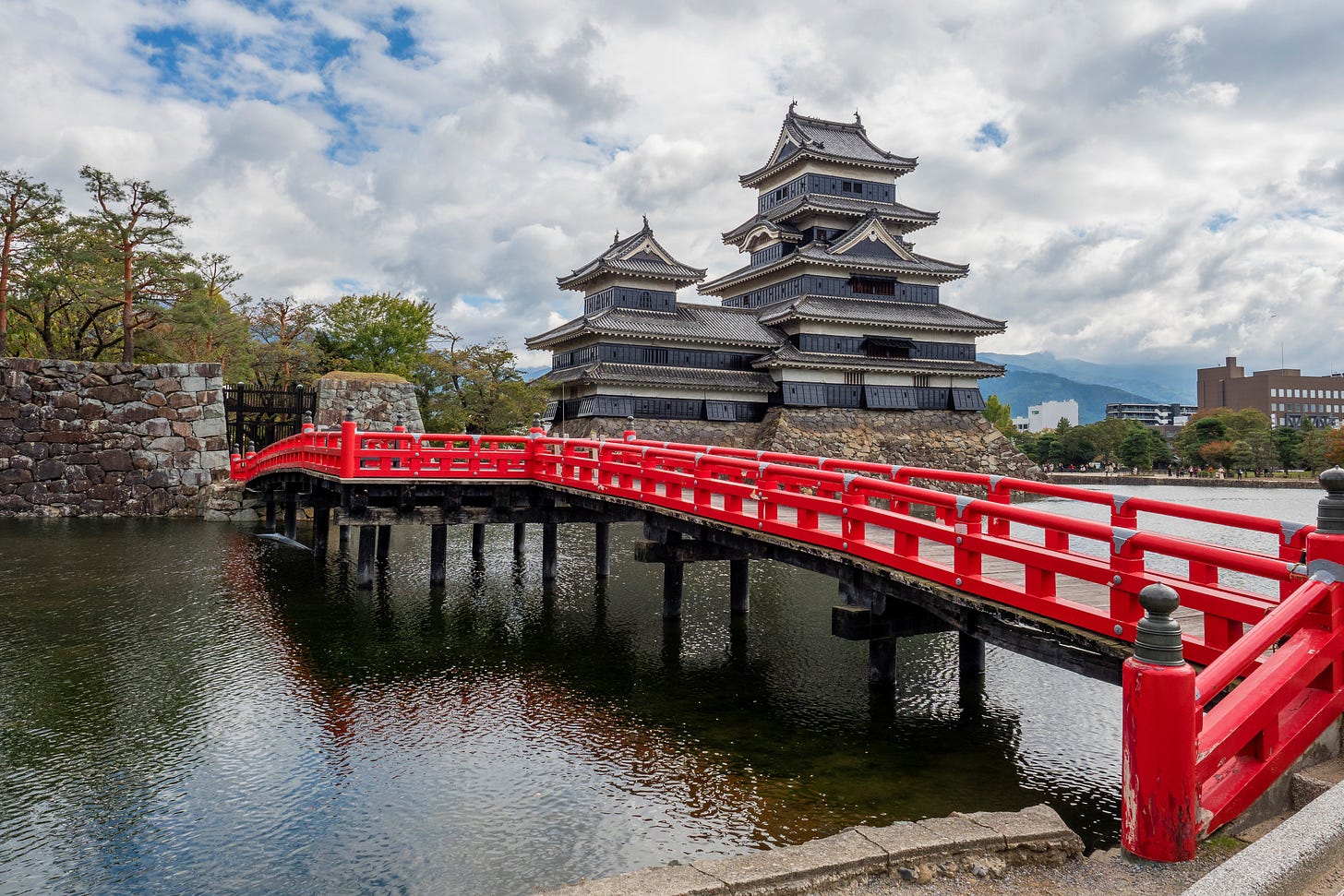
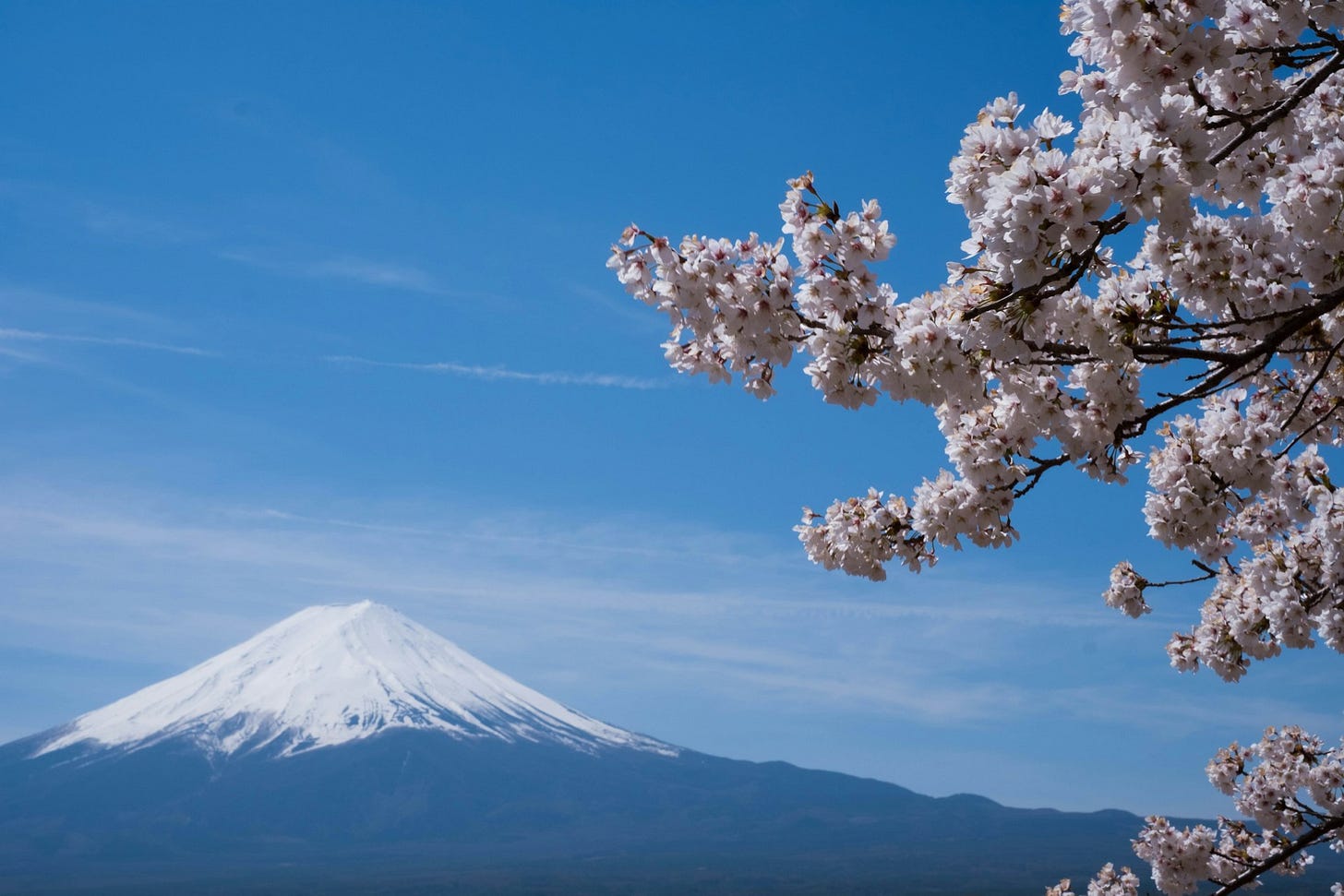
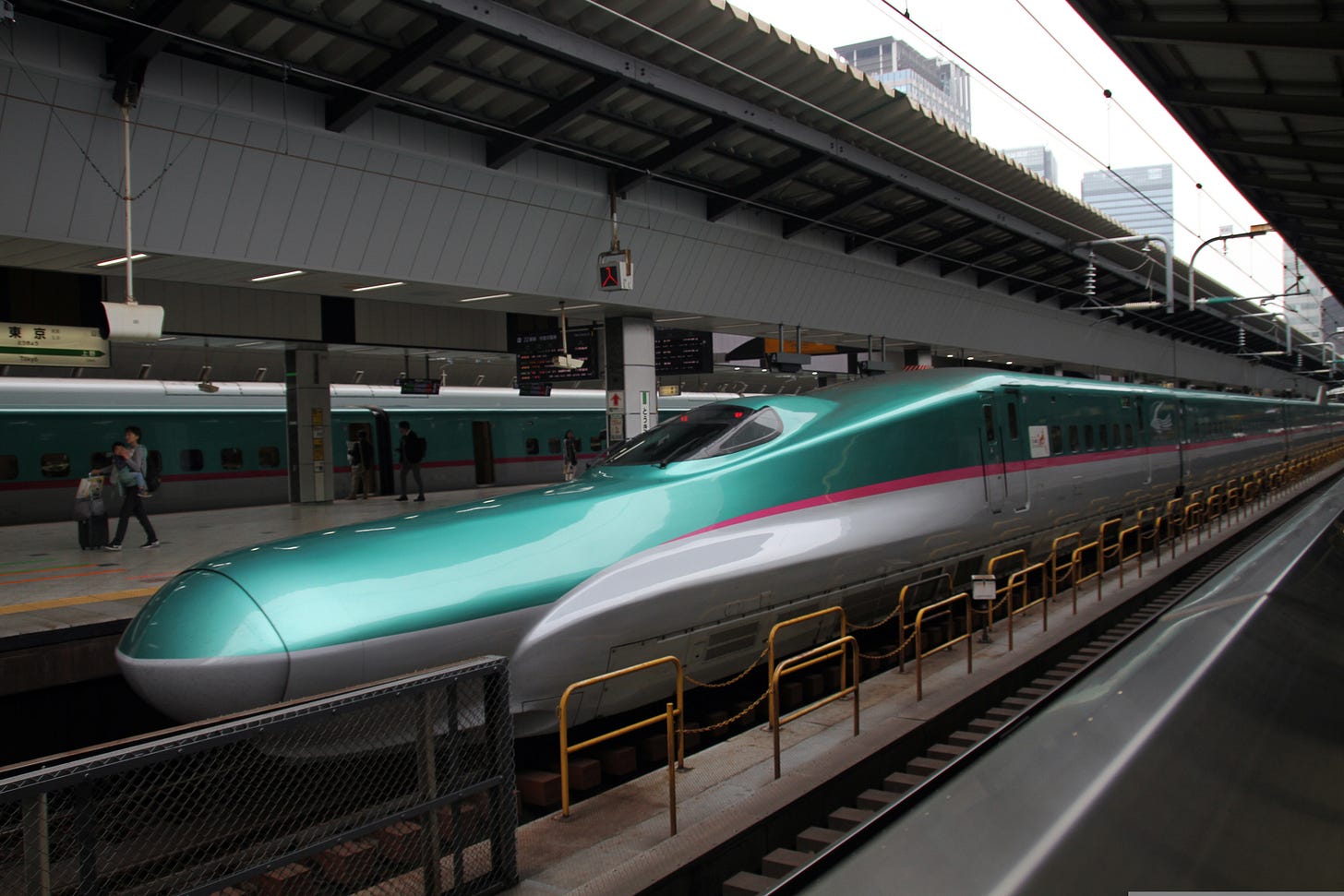
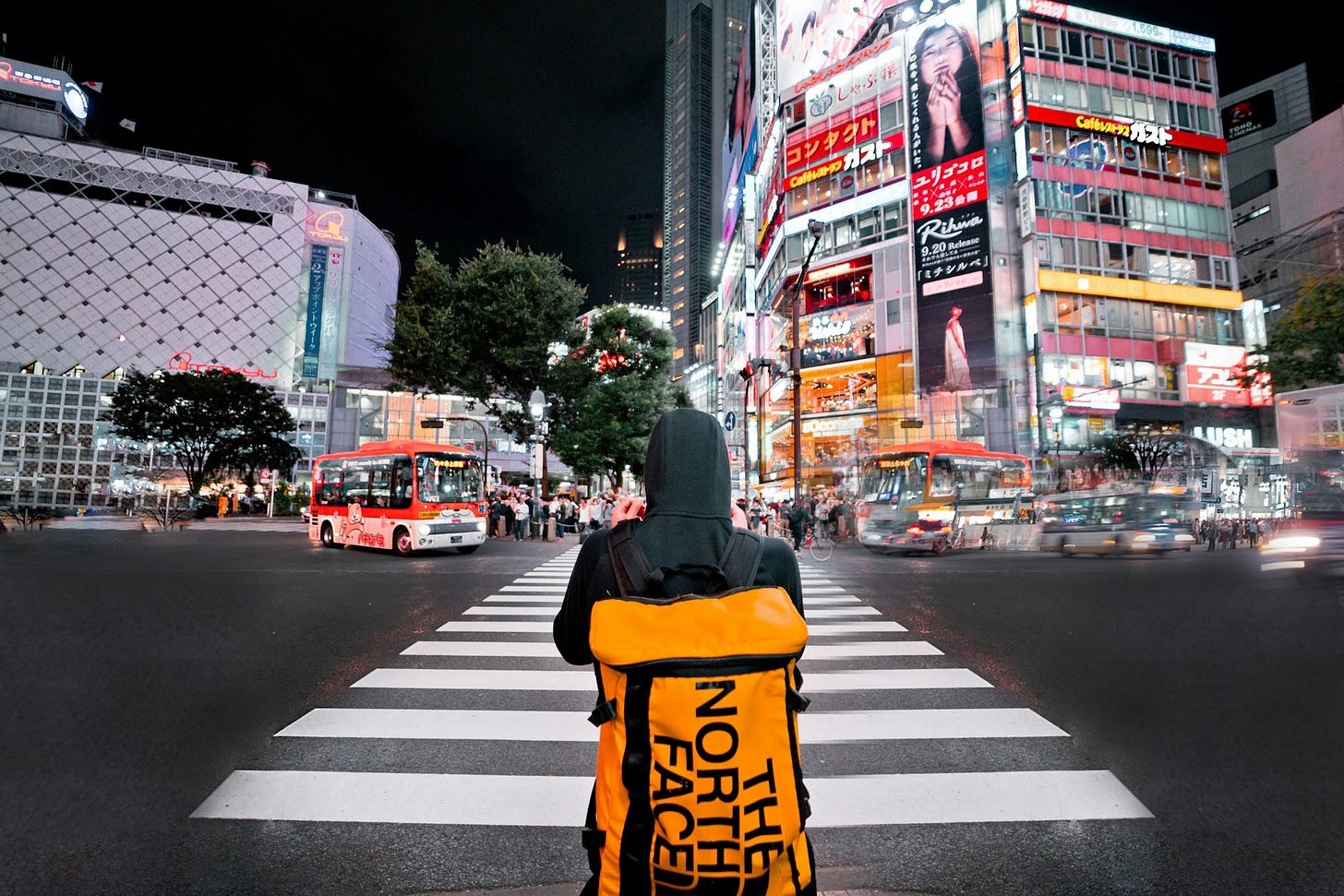

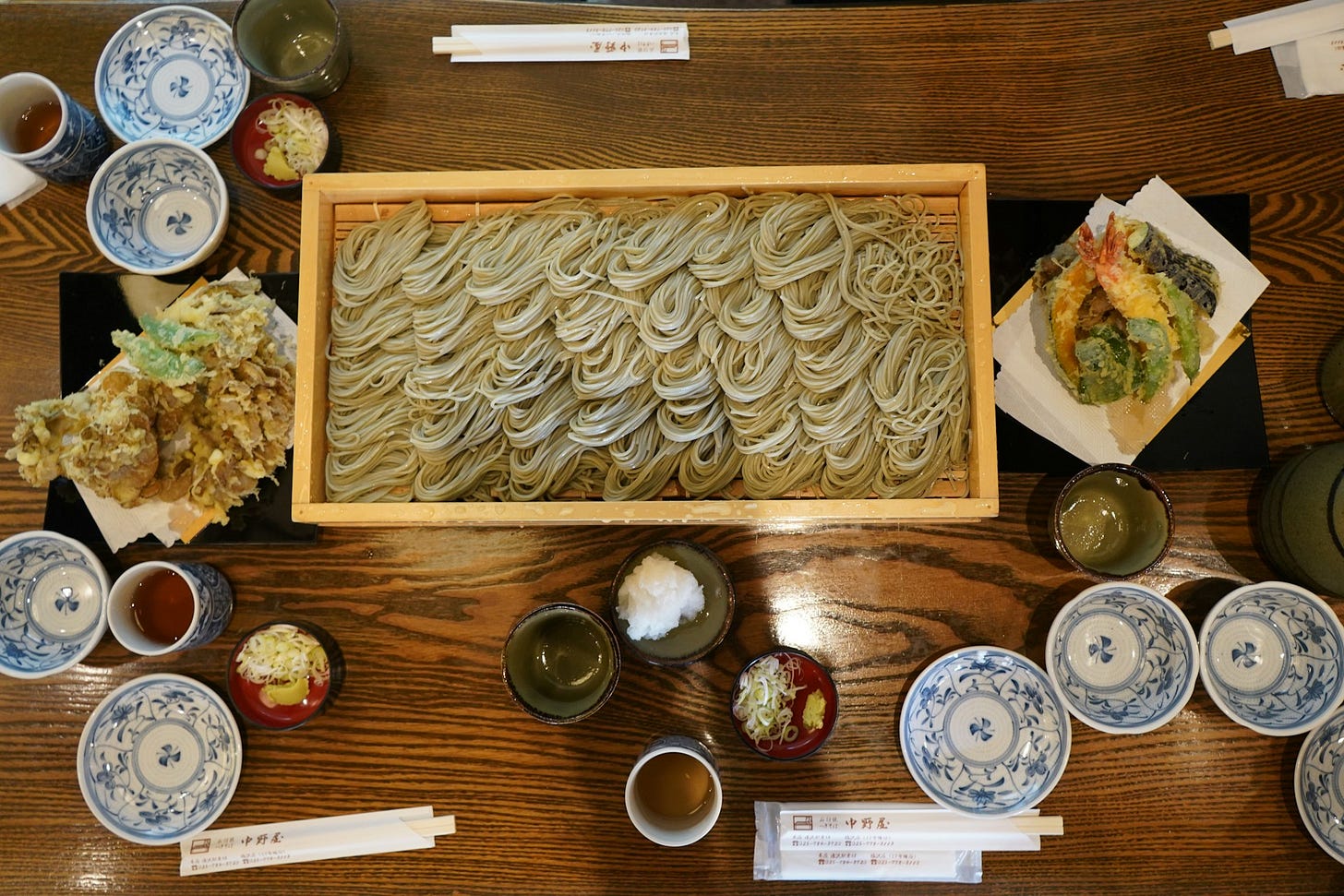
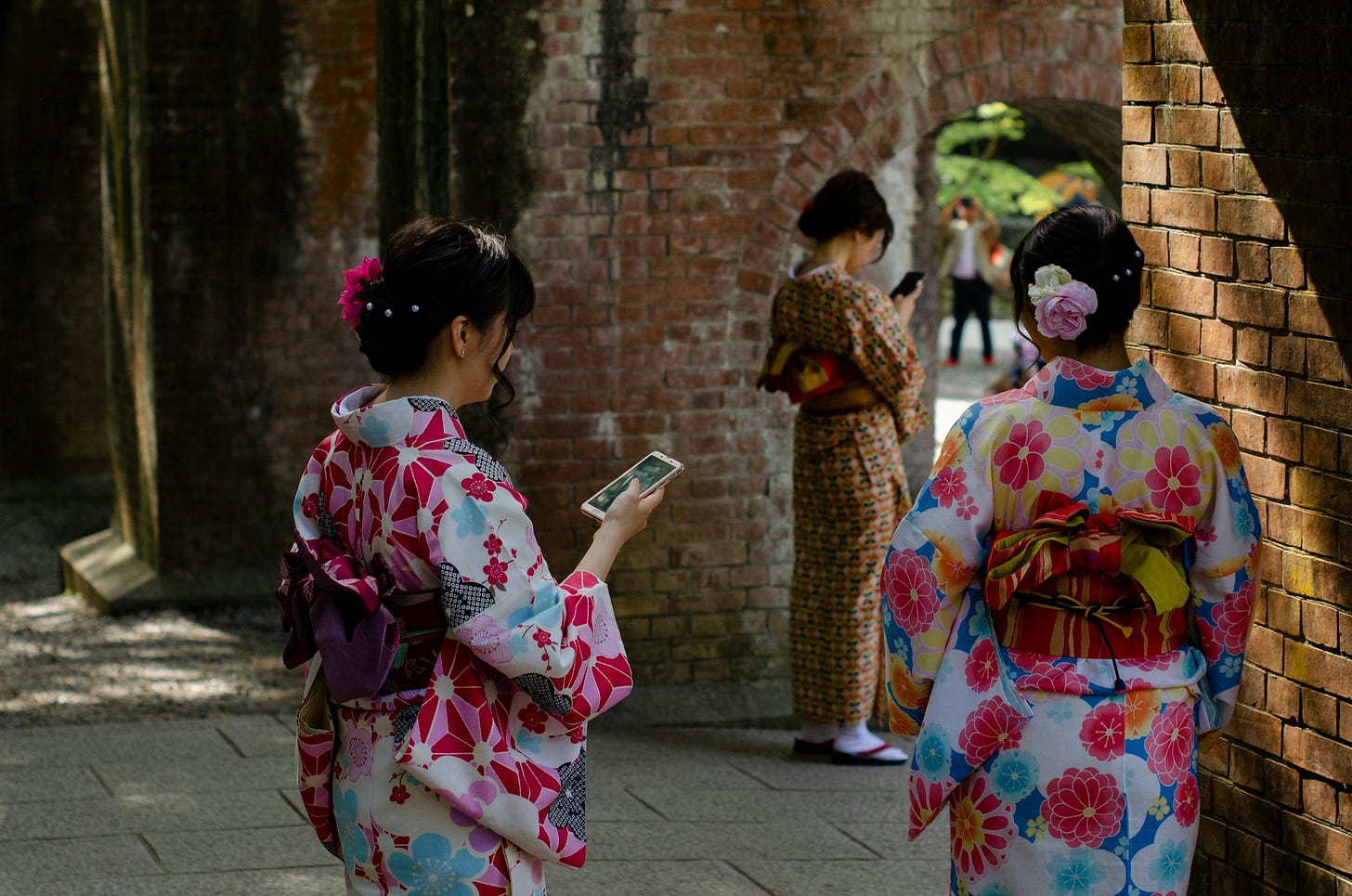
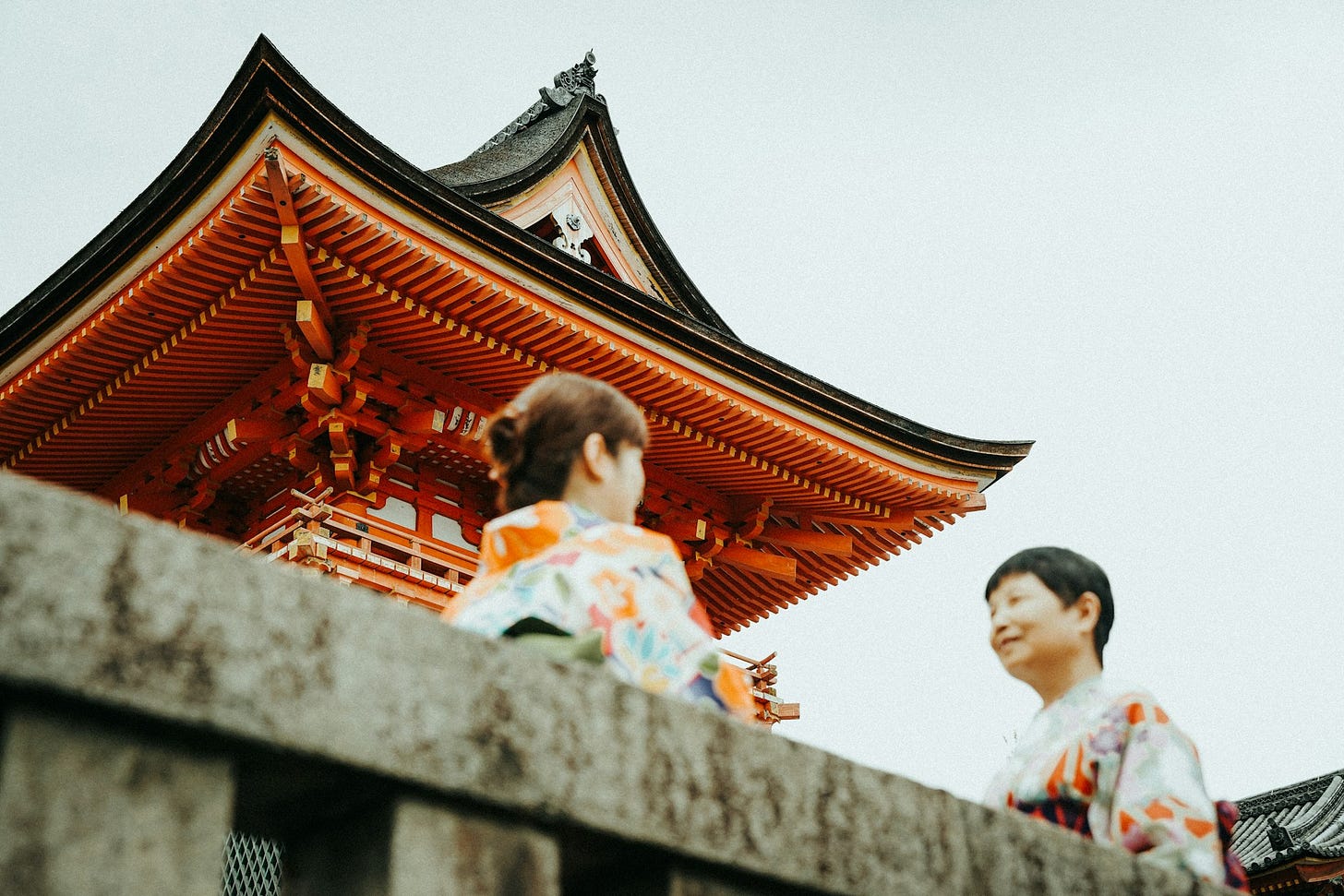
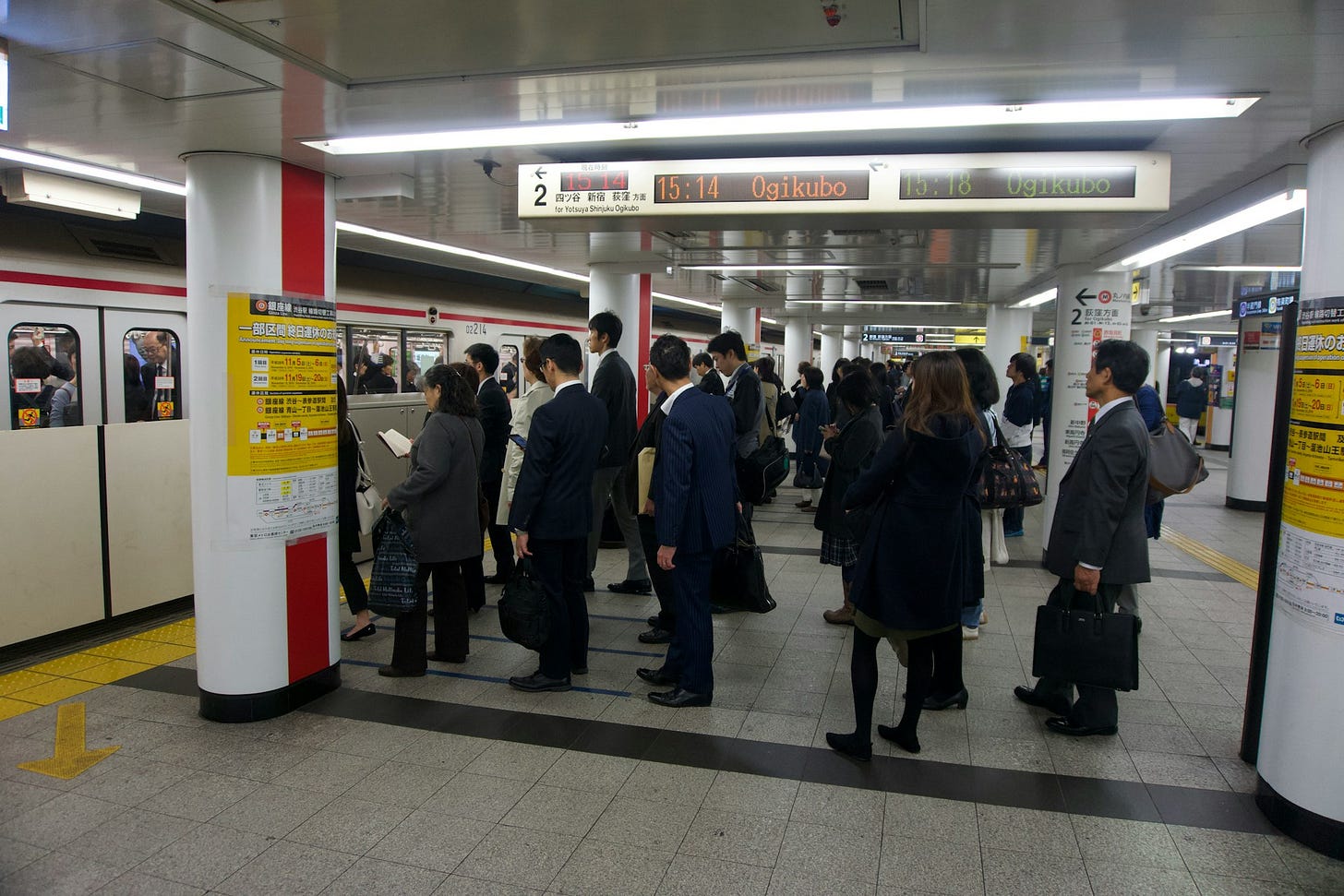


I am absolutely blown awaaaaayyy with all this highly useful information so concisely written and set out as well. I know it takes a lot of time to do this, so I thank you very much Andrew. Greatly appreciated !
Great summary, esp. Tokyo overrated. However, having lived in Japan, it is not necessary at all to carry your passport, and in fact a friend recently lost theirs doing so. Second, 7-Elevens are way more common and easier to use than post office ATMs. Lastly, get your e-sim online and activate before you arrive. Airalo is good and cheap.